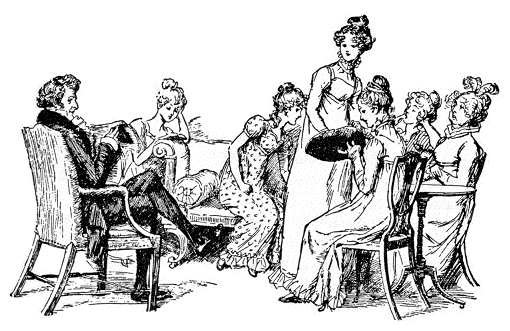Notable expressions of dismay made by Panurge during a tempest at sea in Gargantua and Pantagruel:
Ughughbubbubughsh!
Augkukshw!
Bgshwogrbuh!
Abubububugh!
Bububbububbubu! boo-hoo-hoo-hoo!
Ubbubbughschwug!
Ubbubbugshwuplk!
ubbubbubbughshw
bubbubughshwtzrkagh!
Alas, alas! ubbubbubbugh! bobobobobo! bubububuss!
Ubbubbughsh! Grrrshwappughbrdub!
Bubububbugh! boo-hoo-hoo!
Ubbubbubbugh! Grrwh! Upchksvomitchbg!
Ububbubgrshlouwhftrz!
Ubbubbububugh! ugg! ugg!
Ubbubbubbugh! Boo-hoo-hoo!
“My personal favorite, however, is the incredible-sounding ‘Wagh, a-grups-grrshwahw!’,” writes wordplay enthusiast Trip Payne. “Aside from its logological interest (eight consecutive consonants, albeit divided by a hyphen), the word simply does not sound anything like a wail could possibly sound. The ingenuity of Panurge to come up with such a fresh-sounding, imaginative exclamation — particularly under such pressure — is awe-inspiring.” (All these expressions are from Jacques Leclercq’s 1936 translation.)
(Trip Payne, “‘Alas, Alack!’ Revisited,” Word Ways 22:1 [February 1989], 34-35.)



